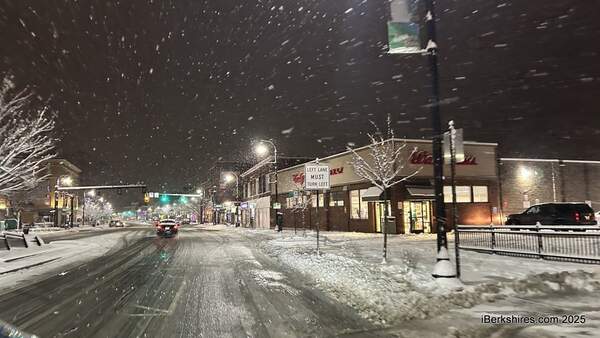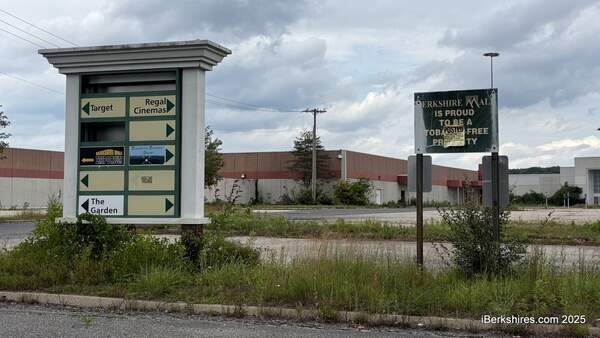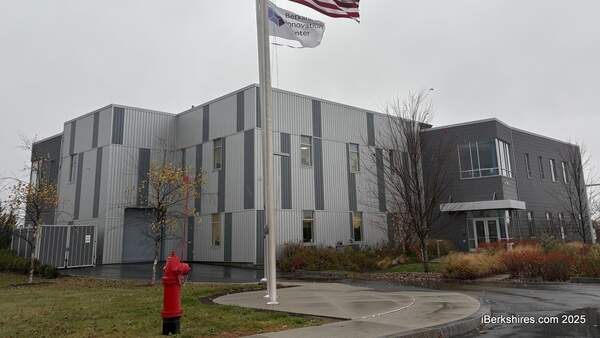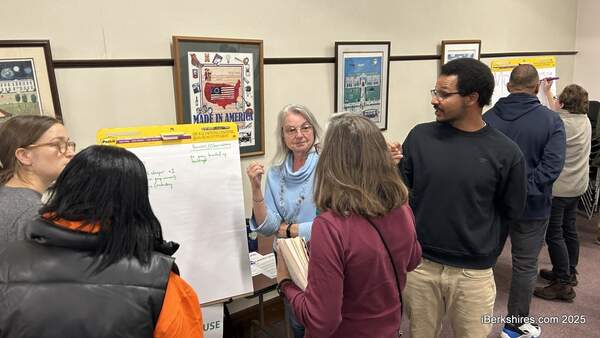Remembering Rowland Armacost of Hinsdale: Golf Pioneer
 |
HINSDALE, Mass. — To say that Rowland B. Armacost of Hinsdale left his mark in the golf world is certainly an understatement.
Armacost, who died Sept. 15 in the structure giving its name to Stone House Road, has provided joy and satisfaction, frustration and anguish to thousands of golfers playing courses he designed and built in the past half century.
Although weakened from various illnesses, Rowland took part May 18 in the dedication of the new nine holes he had designed at the Wilbraham Country Club, a project he had worked on for several years. It was a snowy day and after returning to the 1790 stone house with son Shawn, he spent his remaining days there, turning 86 on Aug. 7.
"Rowland was a joy to work with and we now have nine great new holes," said Bill Hick, WCC vice president and project manager for the course, which opened in 1928 and was taken over by the town of Wilbraham in 1968 and leased to the club members. The expanded course hosted the Massachusetts Father-Daughter Championship in August and will hold the State Division One High School Championships later this fall.
Armacost's only complete 18-hole creation is the Waubeeka Golf Links in Williamstown, which he opened in 1966 and which was ranked this summer as 35th in the 250 public courses in the Bay State.
His first project was the second nine at Wahconah Country Club in Dalton (ranked 36 in the Travel & Leisure Magazine report). That was some 40 years ago.
In the early '60s he laid out par 3 course at Rolling Hills in Lenox, which was taken over for condominiums a few years later. Then in the early '90s he saw the completion of a new nine at Bas-Ridge Country Club in Hinsdale, close to his home. This was a unique project, built in a huge gravel bed, with the surplus gravel sold as Armacost shaped new holes in a far from normal layout, which I call "the craters of the moon national golf course."
Then came a new nine at Skyline Country Club in Lanesborough, certainly one of his greatest challenges, with most of the holes going up and down steep ridges. Similar problems existed at many original nine-hole courses when a second nine was added. The best and most suitable terrain is taken up by the first holes.
"What he had to work with was woods and wetlands," wrote Jim Cline in Western Mass Golf in his story on Wilbraham's new nine."
I first met Rowland on opening weekend in June, 1966, when I decided Waubeeka could stand a lot of new members.
There were relatively few golfers in those days and it was not hard to spot me, as I took a mighty swing and ran to the ball.
Each year I played a few holes or nines with this lean and undemonstrative former pro and discovered that he liked golf, but loved the environment. He had spotted the abandoned farmland bordered by Routes 7 and 43 years earlier and in 1965 convinced owner Ed Wylde to head the list of 59 investors recruited by Armacost. With several bank loans, a reported $384,000 was raised and by late fall of that year the course was completed, opening the next June.
Rowland was both general manager and course superintendent until 1984 when he turned operations over to Ed Lenihan as manager and Chris Lemoine as superintendent. In 1985, the course was sold to Easthampton businessman Edwin Stawarz for $850,000. Stawarz made various improvements and had plans for a "championship" course in the Pittsfield or Stephentown, N.Y., area when he died seven years ago. Now Waubeeka is operated by a trust headed by attorney Stanley Parese.
Mark Mills, Waubeeka general manager, announced this week that the first major change in Waubeeka's playing format will start soon with bulldozers removing a fairly high hill in front of the men's tee on the 17th hole (a par 5) which prevents players from seeing more than seventy-five yards. For the rest of the season, all play will be from the ladies' tee and the 17th will be scored as a par 4. In addition, a complete set of golf cart paths will be added, eliminating the no-cart days in wet conditions.
Otherwise, Waubeeka will play as laid out by Armacost in 1965, although Stawarz added a pond in front of the ninth green.
Armacost grew up in Maryland and was graduated in 1937 from Western Maryland College. He was golf pro and superintendent at courses in Maryland and Virginia until entering the Armed Forces in 1941. He flew fighter planes in the Air Transport Command and, with former Arizona Sen. Barry Goldwater, was stationed in Casablanca.
He came to the Berkshires in 1947 after a year studying agronomy and turf at North Carolina State College. He also operated a landscape design and construction business between stints as pro at Wahconah.
His wife, the former Dorothy Dickhuth, died in 1997 and son Shawn, wife and daughter joined Rowland in the stone house.
Rowland was a more than accomplished golfer in his 80s, but last summer he told me after we completed a round that I had seen the last golf he would play. I assured him that we would be back in action, but it was not to be.
I remember him as a golf professional able to see more than great golf courses and the bottom line. He had put up blue bird houses on the course, but noticed the birds seemed to suffer inside the houses on hot days. So he designed and installed double-shell houses, allowing air to circulate and cool the birds. He also served on the Hinsdale and Wahconah Regional School Committees and was a colonel in the Air Corps Reserves. And he had a dream of restoring the Hinsdale downtown area, but that too was not to be.
John Hitchcock of Williamstown writes frequently about the area sports scene.
Tags: golf, golf course,
















